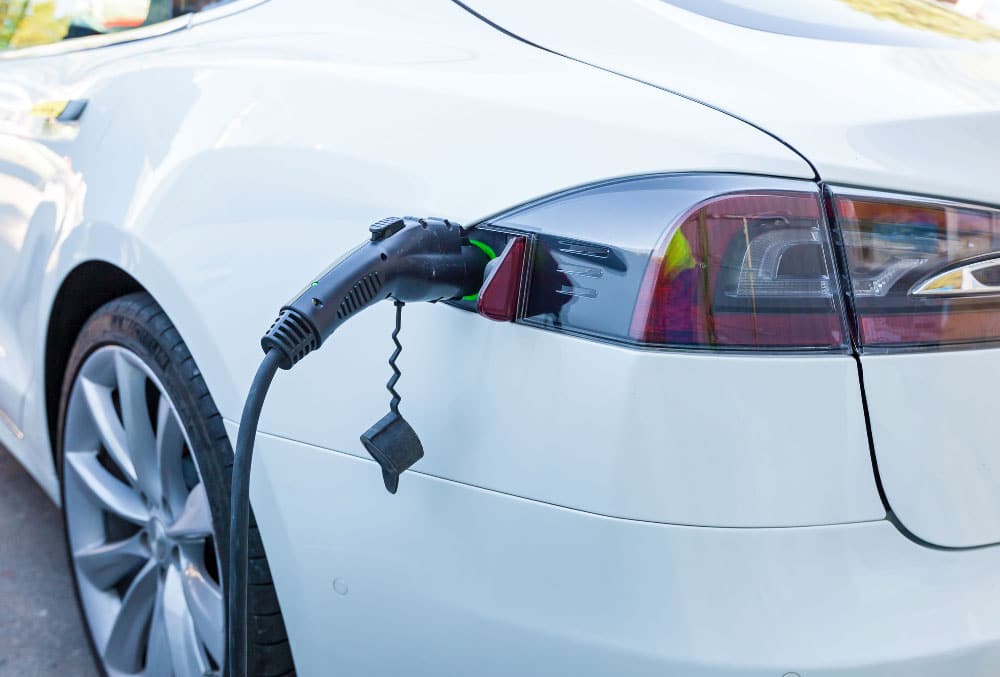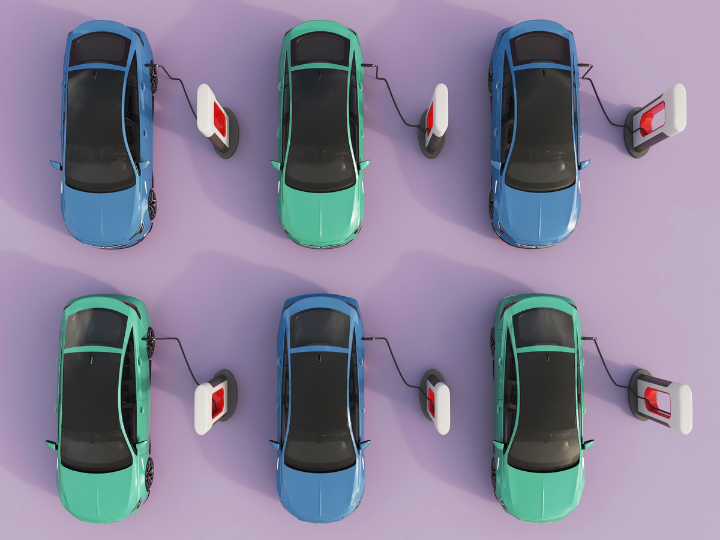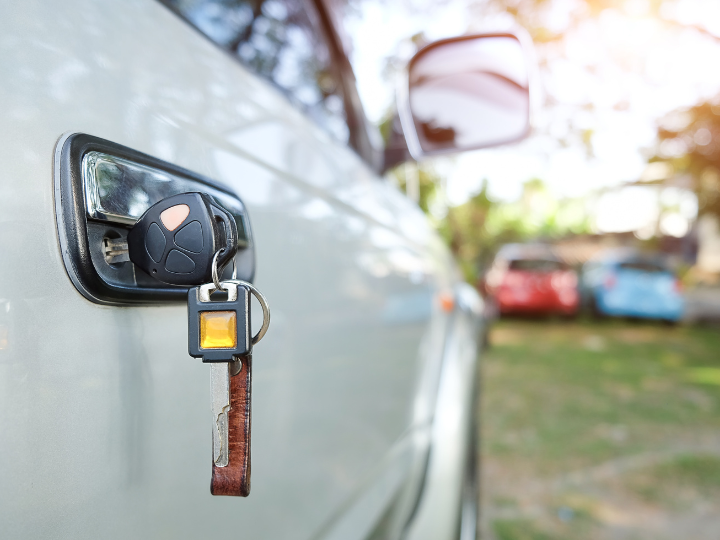Self-Driving Cars: Are They the Future and How Can They Affect Car Insurance?
January, 19 2022
Self-driving, driverless, robotic cars, and autonomous vehicles are the newest trend in automobile innovation. These vehicles are poised to change the way we drive and consider roadway interactions. However, that change is not clear to many people. How the vehicles achieve their autonomous technology, their safety ratings, and their impact on things like traffic and automobile insurance remains unclear for many people.
Duliban follows the evolution of autonomous vehicle driving to stay informed of these extensive changes. Duliban works to understand and explain how these may affect the future of car insurance and how we drive.
How Do They Work?
When one thinks about a vehicle with no driver occupying a traffic-congested road, fears can accompany that idea. Driving has always been a manual task that requires attentiveness and quick reflexes from the driver. A driverless vehicle idea can lead us to think that the vehicles are more likely to lose control or not retain the awareness necessary for safe driving.
In reality, self-driving vehicles use technology such as sensors, radar, cameras, GPS, and even laser beams to safely navigate roadways and traffic. This smart technology replaces the human driver and lowers the risk of human error, making the autonomous technology actually safer than the human manual driver.
Technology for a fully driverless vehicle is only in the testing phase at this time. Autonomous driving features are partially autonomous and available options for some makes and models. These features began to be introduced into vehicles in 2016 and will continue to grow and innovate. These features include:
- Self-parking
- Lane keep assistance
- Adaptive cruise control.
The NHTSA – National Highway Traffic Safety Agency – anticipates that the market may produce fully autonomous driving safety features by 2025.
There are six levels of automation that lead to the development of the fully autonomous vehicle.
Level 0: A human drives the vehicle with no technological assistance.
Level 1: Braking and accelerating or steering technologies assist a human driver using ADAS (advanced driver assistance system).
Level 2: In addition to braking and accelerating, steering can be partially automated while a human monitors continuously and partially drives the vehicle.
Level 3: An ADS (automated driving system) can perform all driving tasks sometimes. A human driver must be available and capable to resume control when requested by the ADS.
Level 4: ADS drives under certain circumstances without a human driver needed to monitor.
Level 5: ADS drives the vehicle in any condition with no need for human involvement.
Manufacturers use a combination of software and technology to develop their automation options.
- Google Cars: Google cars have sensors designed to detect objects such as pedestrians, cyclists, or vehicles.
- Tesla: Tesla’s Model S has hardware that will allow for the incremental advancement of self-driving technology. This technology currently includes a forward radar, a forward camera, long-range sensors, and an electric assist braking system.
- Renault: NEXT TWO uses ADAS, radar, cameras, and ultrasound to monitor the vehicle’s driving environment.
- Toyota: The Lexus Highway Teammate uses on-board technology to evaluate traffic conditions. The technology can also merge and exit a highway.
- Volvo: The Volvo XC90 has automatic braking at intersections.
- Mercedes-Benz: The Mercedes S-Class has options for autonomous steering, lane departure assistance, acceleration and braking assistance, self-park, accident avoidance, and driver fatigue detection. The DISTRONIC PLUS is capable of steering autonomously through traffic jams.
These are just a few of the manufacturers and automation options that are being developed or are available on the automobile market now.
Safety Features and Ratings
According to the NHTSA, 36,096 people died in motor vehicle crashes in 2019. These fatalities drive the innovation into improving driver assistant technology and reducing the risks of human error. Safe driving technologies include sensors, cameras, and radar, as well as software that helps drivers identify and avoid potential crashes.
Vehicles currently on the market today are classified up to Level 3 – or conditional automation. The safety benefits of these automated vehicle features include the elimination of human error. It is estimated that 94% of all serious car accidents are due to human error. Automation removes the risk of human error, creating safer vehicles. If your vehicle has conditional automation, this is a safety feature and may qualify you for insurance discounts with some insurance carriers.
Computers, software, and technology are safely devoid of emotion. This means that emotional responses like road rage or distraction due to emotional distress would no longer affect driving skills if the vehicle were fully automated. Further, a sudden medical emergency such as seizures or heart attacks would pose risks of injury or property damage to others. This means people with underlying health conditions who currently cannot drive would not have to fear driving. Full automation would give people more freedom but with reduced risk.
Insurance Implications
An NHTSA study from 2010 showed that motor vehicle car accidents cost $242 billion. This included $57.6 billion in lost productivity at work and $594 billion in loss of life and injuries. If automation and self-driving cars could stop car accidents, this would erase this economic expense. This is important because that economic expense drives car insurance rates.
Because there is currently no fully autonomous vehicle, a current insurance policy is not likely to be prepared to provide adequate coverage. The challenge in writing the appropriate insurance policy for an autonomous vehicle lies, in part, in the question of liability.
For example, if a self-driving vehicle were somehow involved in a car accident, how can fault or liability be determined? There would be no driver to blame in a driverless vehicle. This is a conundrum in many ways because autonomous vehicle technology uses so many variations of technology to avoid an accident; a self-driving vehicle being at fault for a car accident may likely only occur if the technology fails.
The future of self-driving vehicles could be good news for individual car owners. Insurers may have to change how they allocate risk for self-driving vehicles. If the self-driving technology is responsible for driverless vehicle accidents, the risk and liability could lie with the manufacturers and not the individual automobile owner.
Insurance companies may have to write liability coverage for autonomous vehicles to manufacturers, which could alleviate some of the liability risks of individual drivers. This would lead to increased risk for commercial policies for manufacturers but lower risk (and lower premiums) for individual automobile policies.
The future of automated vehicles is exciting and has the potential to reduce automobile accidents and death, reduce individual insurance costs, and allocate liability back to the manufacturers who create, market, and sell autonomous vehicles.
If you would like to learn more about how your autonomous vehicle technologies can save money on auto insurance, contact one of our experts at Duliban Insurance today. Our telephone number is (855) 835-4226, or you may email us at [email protected].
Predictive Analytics Today












